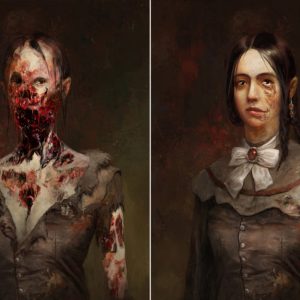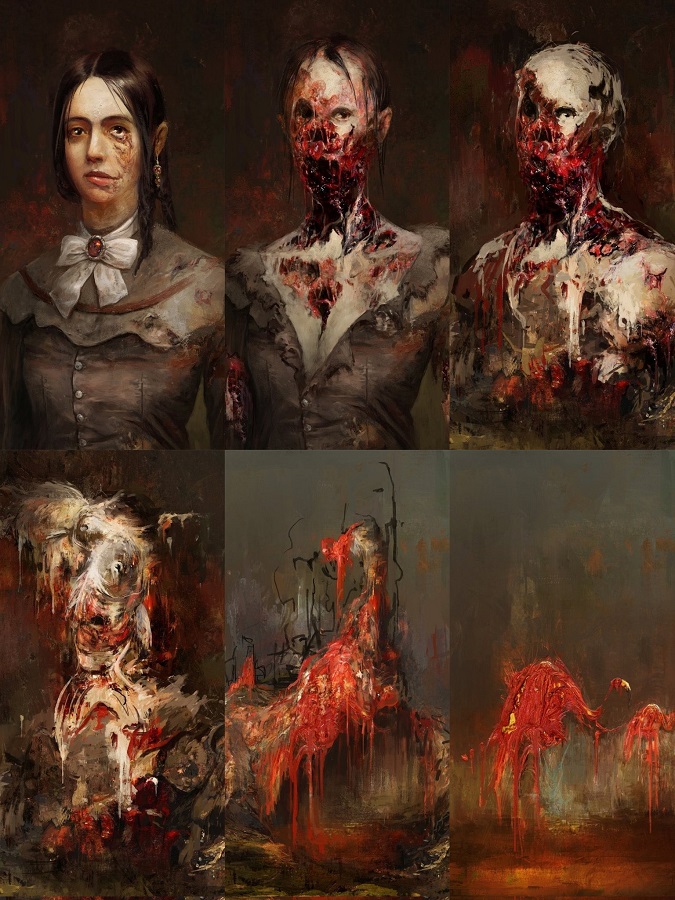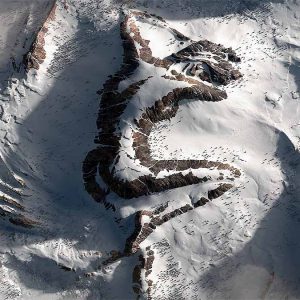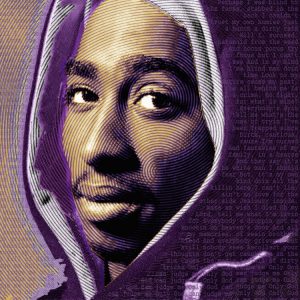Throughout history, we see that artists have consistently strived to find new ways to express their artistic talents. Digital art is an evolution of that search, and falls into the category of New Media Art (or NMA).
Research on the topic suggests that the earliest known evidence of any kind of artistic expression was human body decoration, which included skin coloring, tattoos, and skin markings with ochre. The use of beads in ancient tribal dress was also considered art at the time, and in some cultures, this practice still prevails.
NMA has been around since the invention of technologies that could create it, as early as the 1840s when the first camera was created! Here, we feature three digital artists that have helped change the course of history and pave the way for new mediums so artists can express themselves in digital form.
What is Digital Art?
Digital art is any piece of artistic work, practice, or compilation that’s created using digital technology. The creative or presentation processes involved may also refer to art that’s put together with digital media or displayed digitally.
In lay-person terms? Digital art is just that: digital. It requires a computerized device to be created, and may be done by a human artist or even an AI device.
Types of Digital Art
There are many types of digital art out there. Here are some that you may not know about:
- Fractal or algorithmic art uses mathematics to combine generative and computer art.
- Data-moshing manipulates media files to produce visual effects and images.
- Dynamic painting is a process where a computer paints a picture or develops a piece of art with minimal physical labor involved. It is considered to be the most advanced form of NMA currently available.
- 2D computer graphics creates 2D dimensional models of images and texts for animations and related projects.
- 3D computer graphics is an advanced form of 2D computer graphics.
- Pixel art is used in images and videos for games and movies.
- Digital photography is considered the most popular form of NMA and uses digital cameras to capture detailed shots.
There are also other popular types of digital art, such as photo-paintings, digital collages, manual vector drawings, and raster paintings.
Criticism of Digital Art
There are many critics who refuse to acknowledge that digital arts have their place in modern society. Arguments include the statements that claim “digital arts reduce the role of the artist since technology is the one that does all the hard work.”
These criticisms also fail to acknowledge the accolades and awards that digital art and digital artists have been receiving for their unique expressions of art.
What Are Some Examples of Digital Art?
Browse the Academia Aesthetics library for examples of digital arts images or scroll to view them below.
RELATED CONTENT:
Read more about The History and Future of Digital Arts here.
Thanks for reading.
The Curator






